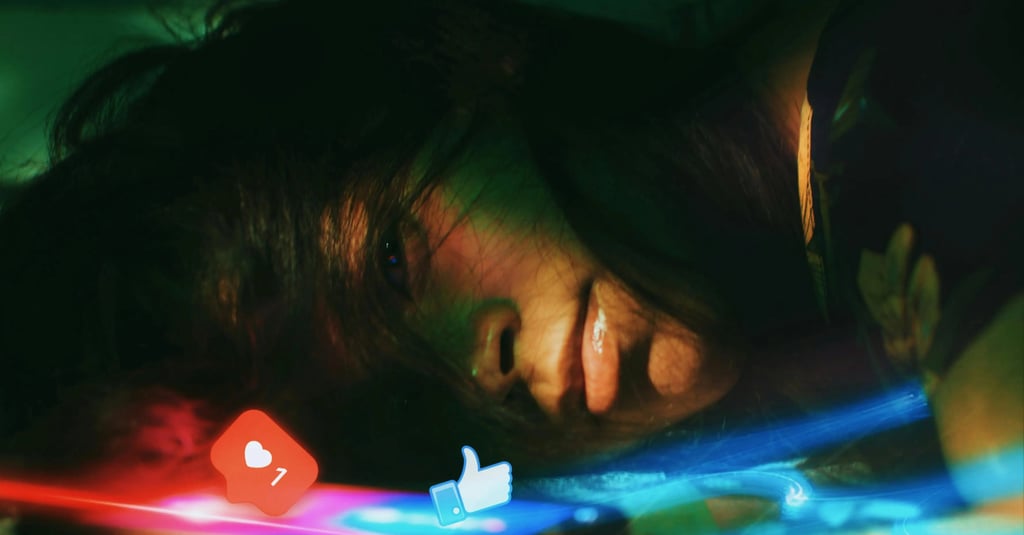Code and Disconnect: The Developers Guide to Digital Detox
As a coder, you live in a spooky paradox. You earn your keep from screens, keyboards, and the internet. But this same digital saturation fueling your career can be quietly eroding your productivity, creativity, and well-being..
Ali Aktas
4/28/20253 min read


The Paradox of the Always-Connected Developer
As a coder, you live in a spooky paradox. You earn your keep from screens, keyboards, and the internet. But this same digital saturation fueling your career can be quietly eroding your productivity, creativity, and well-being. The notifications, the Stack Overflow windows, the GitHub bugs, the Slack chats — everything is building a mental storm that never seems to abate.
The irony is not lost on us: how on earth could someone whose work involves perpetual digital activity ever possibly gain from staying disconnected? It seems almost heretical to say that a programmer ever had to step away from technology. And yet the accumulating evidence suggests strategic digital detoxing as the magic trick in the productivity trickery of developers.
The Mental Toll of Overload in the Digital World
Each notification you receive is a digital dopamine fix to your mind, training you to go looking for such micro-distractions. Studies show that to refocus back to the task in hand after looking at email or social media takes an individual 23 minutes on average. For developers who need to focus intensely to deal with intricate problems, this constant task-switching is particularly harmful.
“Deep work,” Cal Newport writes, is the ability to focus without distraction on cognitively demanding tasks. It’s the headspace where elegant solutions to code appear and where the tough architectural decisions reveal themselves. But reaching that state becomes virtually impossible in an environment of digital assault.
The Micro-Detox Approach
The great news is that you don’t need to move to a cabin in the woods to reap the rewards of digital detox. Little, purposeful disconnections can make a huge difference:
Try the 50/10 rule: Work fiercely for 50 minutes, and then take a completely screen-free break for 10. This isn’t just another Pomodoro spin-off — the trick is that during those 10 minutes, you entirely leave all digital devices behind.
Build notification deserts: Reserve certain periods (especially your most creative thinking time) as notification-free hours. Put your phone on airplane mode, close email and messaging programs, and let your team know you will be unavailable save for genuine emergencies.
Establish tech-free mornings: The first hour after waking up sets the pace for your day. Instead of reaching for your phone first, try reading, meditation, or simply enjoying breakfast without digital interruption.
Building a Developer-Friendly Environment
Your physical and digital environments can either support or sabotage your detox efforts:
Workspace zoning: Create distinct areas for different types of work. Have a primary coding space that’s free from distractions, and a separate space for communication-heavy tasks.
Digital minimalism: Regularly audit your digital tools. Does every app on your phone serve a meaningful purpose? Does every development tool in your workflow genuinely enhance your productivity?
Nature integration: Position your workspace near natural light and, if possible, with a view of nature. Studies show that even brief exposure to natural environments can restore attention and cognitive resources.
The Team Dynamic
Individual efforts can be undermined if your team culture celebrates constant connectivity. Consider:
Proposing “deep work hours” as a team practice
Establishing communication protocols that respect focus time
Sharing your digital detox experiments and results with colleagues
By normalizing strategic disconnection within your team, you help create an environment where everyone can benefit.
The Developer’s Digital Detox Plan
Ready to resolve the paradox? Here’s your seven-day starter plan:
Day 1–2: Track your current digital habits. Use tools like RescueTime or simply note when and why you check devices.
Day 3–4: Implement scheduled tech-free periods of 30 minutes, twice daily.
Day 5–6: Practice single-tasking. When coding, just code. When communicating, just communicate.
Day 7: Reflect on changes in your focus, productivity, and wellbeing. Adjust and extend your practice based on what worked.
The Balanced Future
The goal isn’t to reject technology — after all, it’s both your passion and profession. The goal is to use it consciously and intentionally, ensuring it remains your tool rather than your master.
Remember: the most elegant solutions often emerge not from more screen time, but from the mental space created when you step away. Your best code might be waiting for you on the other side of disconnection.
Your Next Action
Tonight, set a specific time when all screens will go dark. Whether it’s 30 minutes or two hours, commit to this digital-free space. Notice how your mind responds, how your thoughts shift, and how your relationship with your work might subtly change. This single step could be the beginning of a more focused, creative, and sustainable career in technology.
The greatest paradox of all? Sometimes the best way to advance in a digital profession is to temporarily leave the digital world behind.
What small digital detox practice will you implement today? Your future productivity depends on your answer.